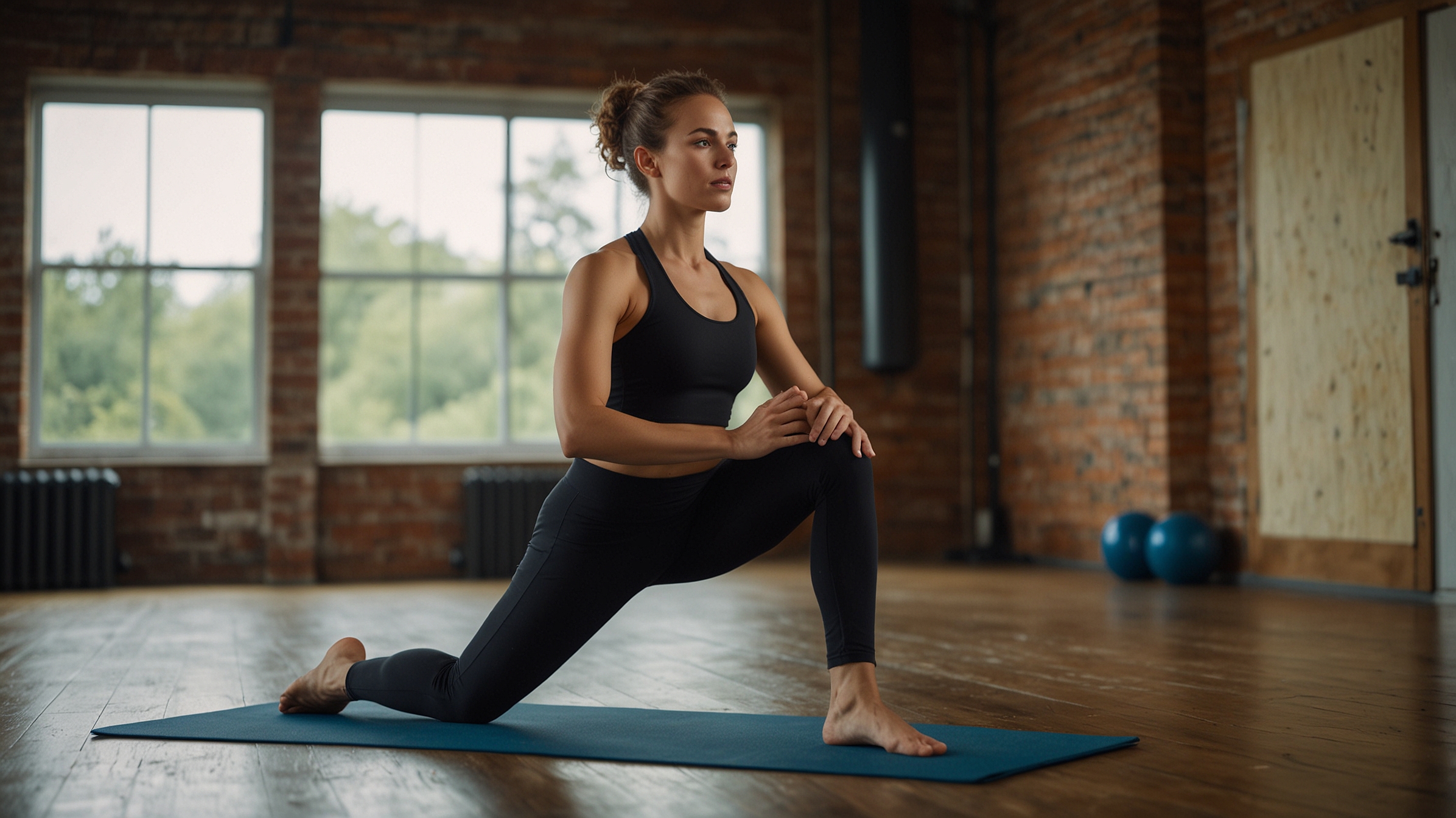Shift the focus from intensity to inner cues and joyful movement
For years, mainstream fitness culture has told us that if we’re not sweating buckets, pushing through pain, or sticking rigidly to a workout schedule, we’re not doing it right. But a new approach is quietly gaining traction—one that’s less about burning calories and more about tuning in.
Welcome to intuitive exercise: the practice of moving your body based on how it feels, not based on a pre-set plan or someone else’s definition of “fitness.” It’s about reconnecting with movement as something you want to do—not something you have to do.
If you’ve ever felt guilt for skipping a workout or pushed through exhaustion just to “stay on track,” this mindset shift might be exactly what your body—and mind—have been asking for.
What Is Intuitive Exercise?
Inspired by the principles of intuitive eating, intuitive exercise emphasizes listening to your body’s needs instead of forcing it into a punishing routine.
That means:
- Moving in ways that feel good, not obligatory
- Exercising for energy, joy, strength, or stress relief—not just weight loss
- Respecting rest days without guilt
- Letting go of all-or-nothing thinking (you don’t need a “full workout” to benefit)
It’s not a rejection of structure—it’s a realignment with what movement can feel like when it’s rooted in compassion and curiosity.
Why This Approach Matters
Burnout, injury, and disordered relationships with exercise often stem from ignoring the body’s signals in pursuit of perfection. When we’re told “no pain, no gain,” we stop asking: Do I even enjoy this?
Intuitive movement changes the goalpost. Instead of measuring success by reps, duration, or calories burned, it values how present, empowered, and energized you feel.
Benefits include:
- Reduced exercise-related anxiety or guilt
- Increased long-term consistency (because you want to keep moving)
- Improved body awareness and self-trust
- Deeper connection between mental and physical well-being
How to Start Practicing Intuitive Exercise
This approach doesn’t mean doing “whatever you feel like” in a vague or unstructured way. It means checking in regularly and allowing flexibility within your habits.
1. Tune Into Your Body—Before You Move
Ask yourself:
- What kind of energy do I have today?
- Do I need something uplifting or something grounding?
- Am I feeling stressed, tired, energized, tense?
These cues can guide your choice of movement. For example:
- Feeling sluggish? Try a walk in nature or gentle yoga.
- Feeling restless or anxious? A dance session or kickboxing might help release it.
- Feeling strong and focused? Go ahead and lift weights or run.
2. Ditch the “All or Nothing” Mentality
You don’t need an hour, the perfect gym outfit, or fancy equipment to move. Ten minutes of stretching, dancing in your kitchen, or walking around the block counts. Your body doesn’t know if you’re in a studio or a living room—it only knows how it feels.
3. Focus on the Why, Not the Burn
Try shifting your motivation. Instead of thinking “I have to work out to stay in shape,” try:
- “I want to feel more energized today”
- “Movement helps clear my mind”
- “This helps me sleep better and feel grounded”
When your motivation is internal and caring, movement becomes an act of support—not punishment.
4. Honor Rest as Part of the Practice
Rest days aren’t lazy days. They’re when your body rebuilds, resets, and recovers. If you’re tired or mentally drained, it’s okay to take a break. Movement will still be there tomorrow.
Rest is productive in its own way.
5. Explore Joyful Movement
Part of the joy of intuitive exercise is discovering new ways to move that don’t feel like chores.
Try:
- Dancing around the house
- Gardening
- Rock climbing
- Rebounding on a mini trampoline
- Roller skating
- Taking a movement-based class just for fun (like hula hooping or tai chi)
Exercise doesn’t need to look like reps and sets. It can look like play.
Real-Life Reflections
Intuitive movement doesn’t mean you’ll never lift weights or train for a race again. It simply means your workouts come from a place of want, not should.
It might mean skipping a high-intensity class because your body is asking for rest—or doing it because you feel strong and energized. It’s the same movement, but the motivation is different.
That difference can transform your relationship with fitness from obligation to empowerment.
Final Thoughts: From Forcing to Flowing
There’s a beautiful kind of freedom in letting your body lead. When you stop forcing it into boxes and start partnering with it, movement becomes less of a burden and more of a conversation. You’re not just chasing results—you’re building trust.
Intuitive exercise invites us to reconnect with what it feels like to move with ease, joy, and respect. And maybe, just maybe, that’s where the real transformation begins.





